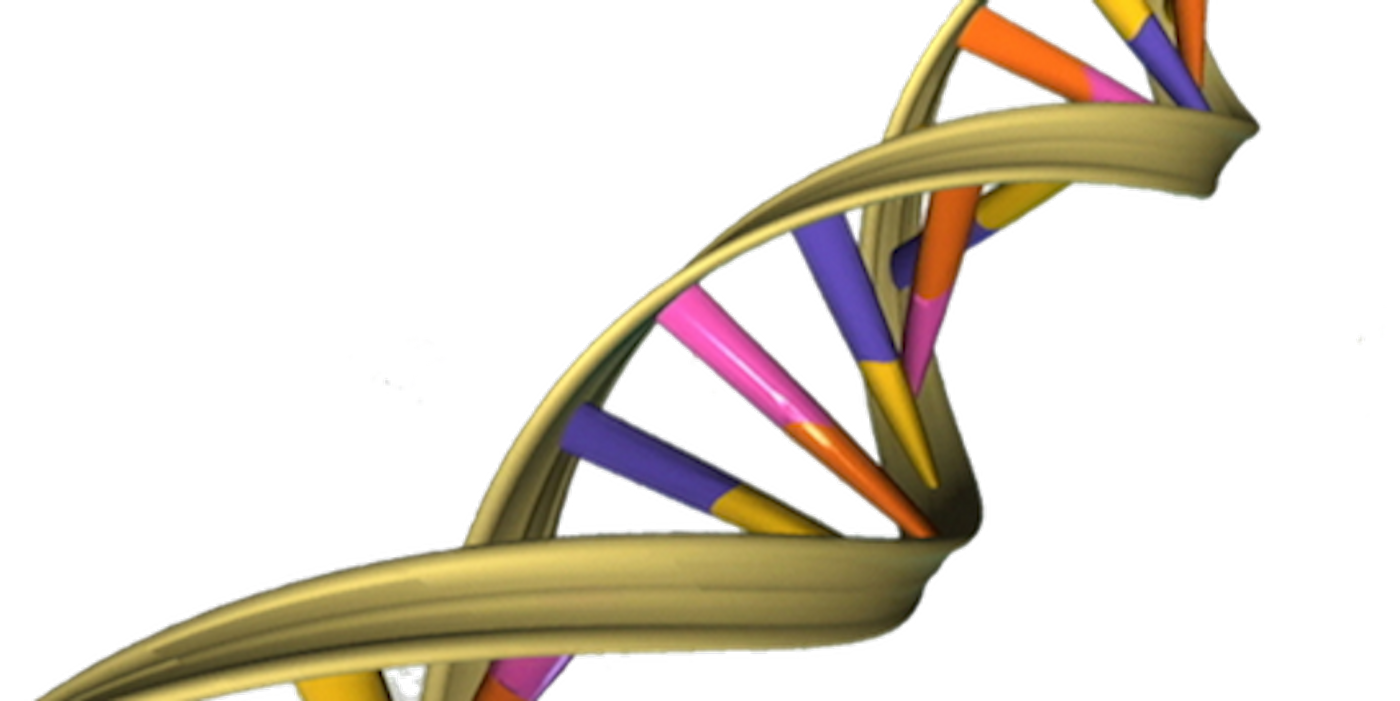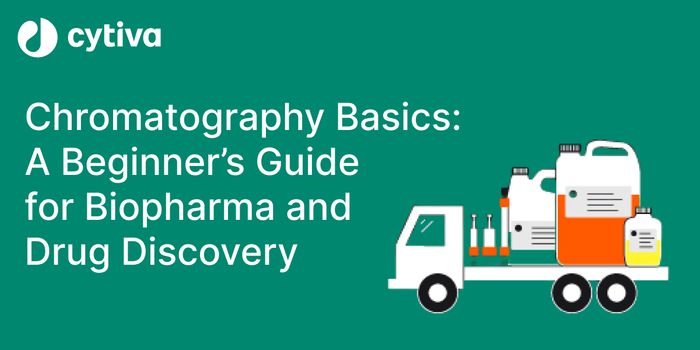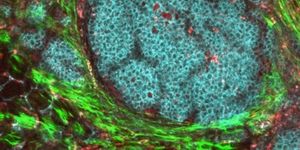A Molecular Switch to Control Gene Expression
Our genome contains thousands of genes, each of which has to be turned on and off at precisely the right times, or serious dysfunction in our bodies can result. If scientists could learn how to control when a gene is expressed or not, then it would be easier to relieve many human diseases. While there are a number of ways that have been developed and are being tested or such applications, new work is pursuing another avenue for the manipulation of gene expression.

Regulating genes provides ultimate control over physiology. "This is why controlling gene expression is so fundamental," explained Julius Lucks, an Associate Professor of Chemical and Biochemical Engineering at in Northwestern University's McCormick School of Engineering. "Once you get a good handle on it, you can do anything."
A new tool created by Lucks and colleagues for turning genes on is a powerful one; it works better than nature does. "All we did was make an RNA switch that turns a gene on," said Lucks. "But what makes it awesome is that it's really, really, really good." Simply put, RNA is an intermediary; activated genes are transcribed as RNA, which is then translated to protein. Learn more from the video. If RNA can be manipulated, then genes are under control.
Reported in Nature Communications, the team altered a molecule they had discovered previously. That molecule, Small Transcription Activating RNA, was programmed, molecularly, by the researchers. An algorithm developed by Joe Zadeh in 2003 was then used to optimize the STAR molecule for specific uses.
The results of the algorithm were used by a company to create an RNA molecule. That special new RNA, which Lucks likens to a switch, could then be used by the investigators.
"For anything to happen in biology, the 'light' has to be [turned] on," said Lucks, who is also a member of the Center for Synthetic Biology at Northwestern. "We're always interested in turning things on, so we found a way to engineer some really good light switches."
Nature’s RNA ‘switches’ aren’t exactly like the one made by the researchers. Natural ones act more like a ‘dimmer,’ turning genes down or up but not entirely off or on. For this work, the scientists were trying to obtain total control over the system, and they reached an impressive goal.
STAR can activate a gene or turn it on, 9,000 times more than if no STAR was present. That high level of expression will allow the researchers to get a clearer picture of what happens when genes are expressed.
"If you study a system to explore what a gene does, you want to know what it does when it's completely on or off," Lucks noted. "Not when the gene is there or halfway there. That's much harder to disentangle."
The researchers want to try to use their invention for diagnostics next. As an RNA molecule, STAR is probably very good at finding other RNA molecules, including those from viruses. If STAR was engineered to activate when it encounters a virus, it will make diagnosing viruses easier.
"You have to have super tight control to achieve this," Lucks explained. "You don't want a halfway signal because then you will end up with false positives. You need a clear signal."
Diagnostics is only one potential application, however. Lucks wants to explore how the work may be useful for other things like RNA regulation, metabolic engineering, and more. "This is an enabling technology, and we have collaborations starting right away. All of a sudden, all these different things are possible, and that's just awesome," Lucks concluded.
Sources: AAAS/Eurekalert! via Northwestern University, Nature Communications









